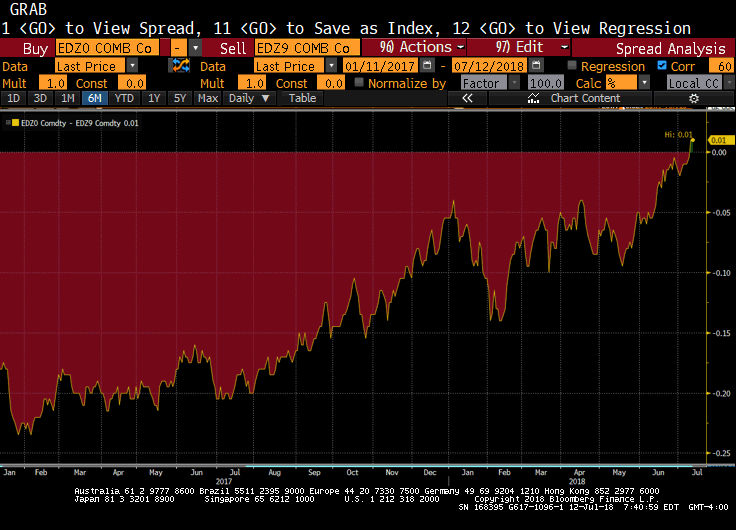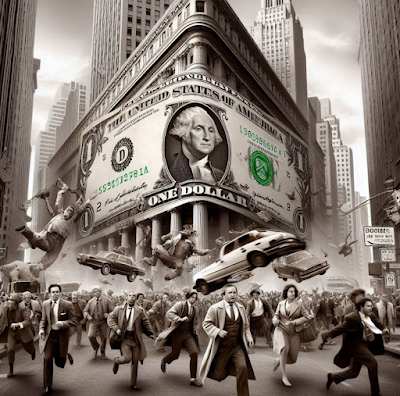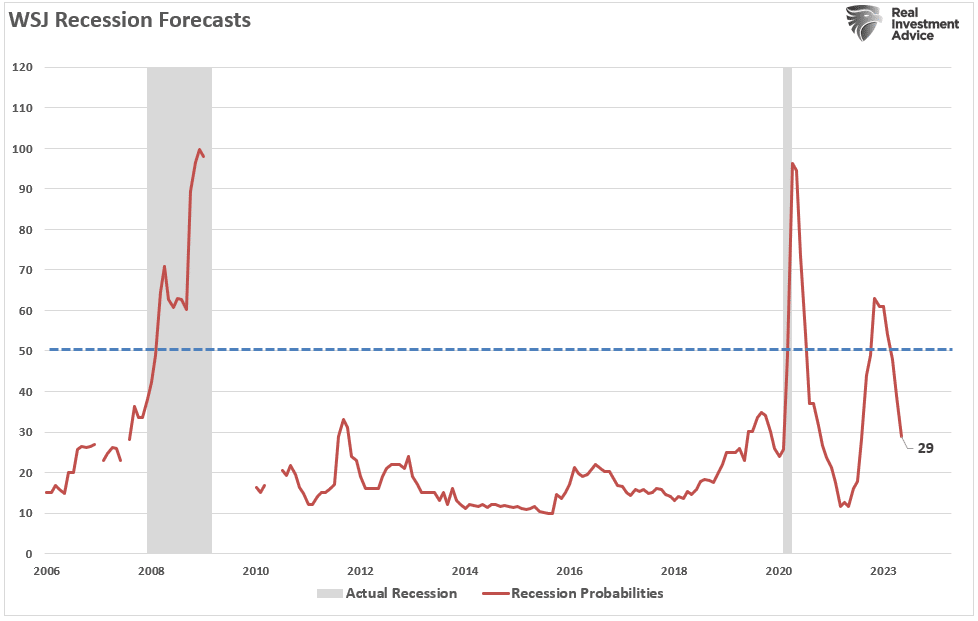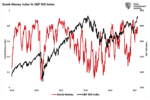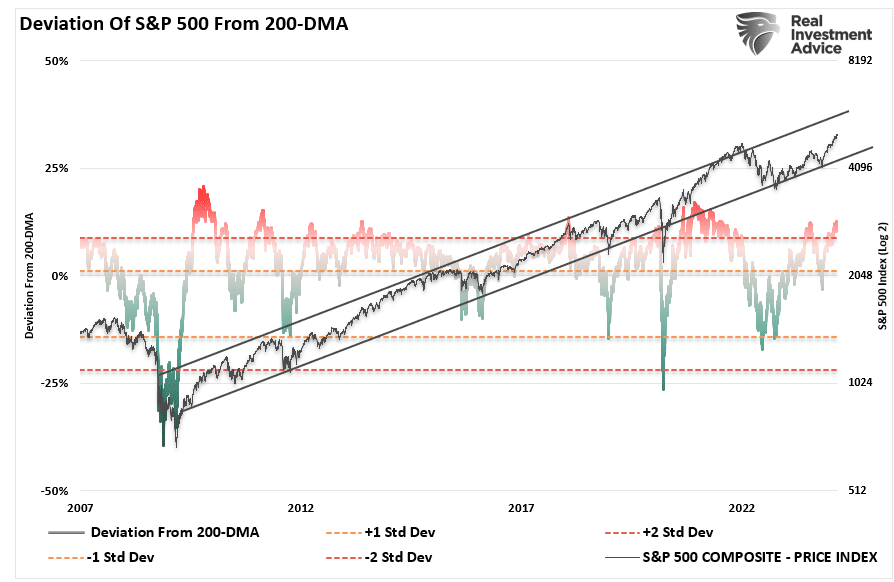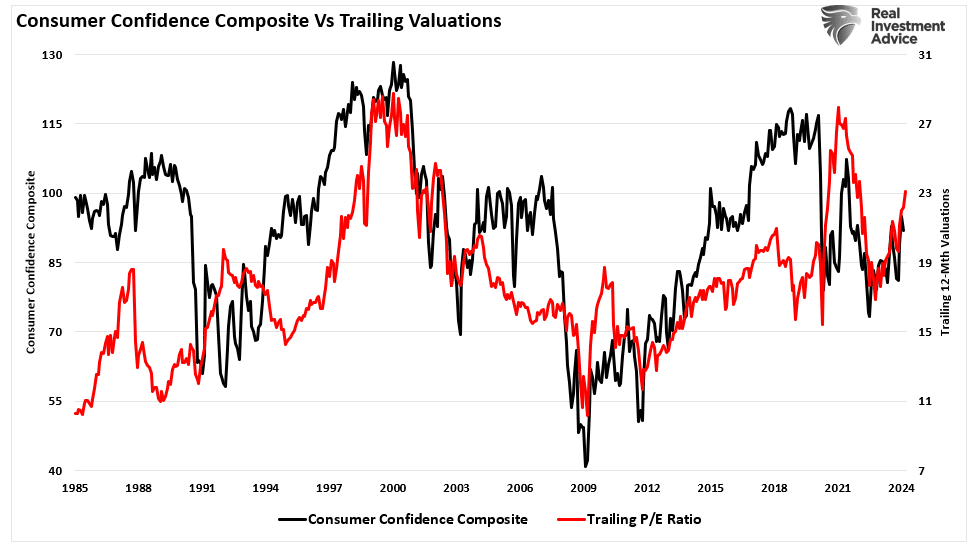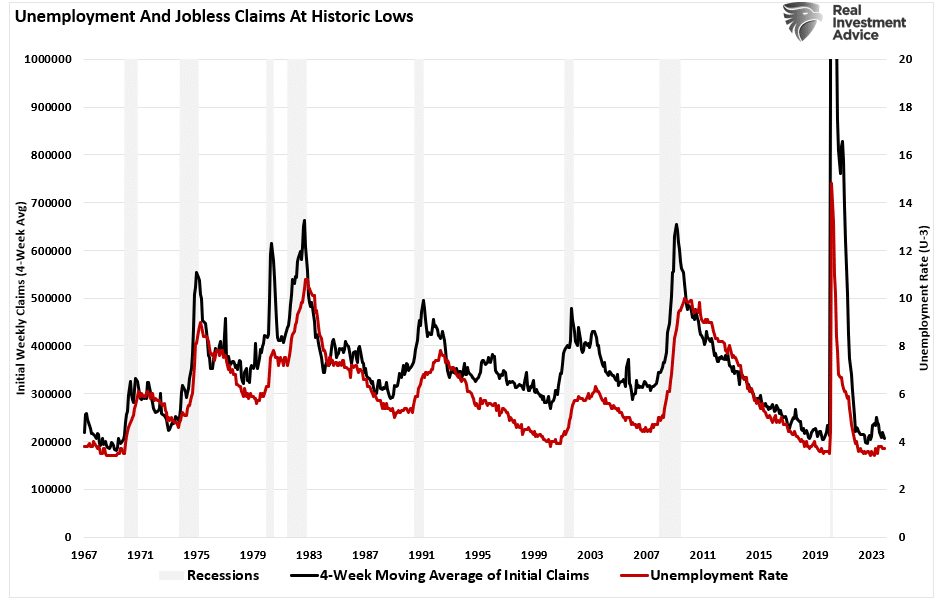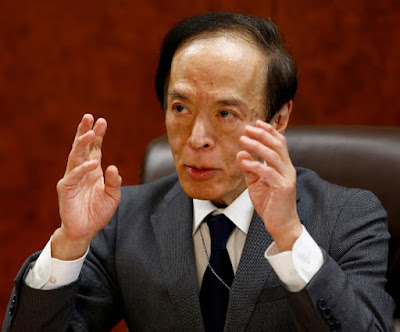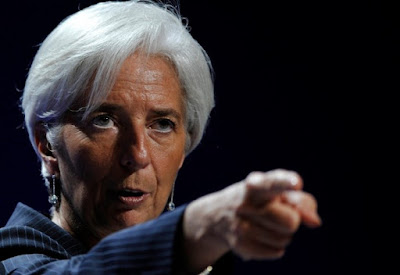The US economy is among the strongest among the large economies. Goosed by the never-fail elixir of tax cuts and spending increases, the US economy is accelerating. Nevertheless, we continue to see the fiscal boost as short-lived, and a recent Fed paper suggested that fiscal stimulus in an upswing may not have the same multiplier as during a downturn.
Evidence of late-cycle behavior continues to accumulate. We have cited the 12-month moving average of US job growth. It typically peaks in the middle of a cycle. It peaked more than three years ago. Auto sales, the largest durable good households buy, are cyclical as well. The 12-month moving average peaked more than two years ago. Credit card delinquency rates are rising. The acceleration of price pressures (June CPI at 2.9% is a six-year high) is also associated with the latter stages of an economic cycle. Often the end of the US business cycle has been proceeded by a sharp rally in oil prices. Even after yesterday’s slide, the price of black gold is still near four-year highs.
| The first question is where Fed funds peak. Extrapolating from the derivatives market, it appears that participants expected the Fed funds to peak around 2.50-2.75%. The current target is 1.75%-2.0%. The market is confident (~86%) of a September hike and leans toward a December hike (~60%). That would seem to allow for one hike next year, though the Fed’s forecasts suggest that the economy may warrant three increases.
The next question is how long is there between the Fed’s last hike and the first cut. In the last cycle, the Fed hiked in June 2006 and cut in August 07. In the previous cycle, the last hike was delivered in May 2000, and the first cut was in January 2001. Before that, the last hike was in February 1995, and the first cut was July 1995. We could go back further, but the point is that the gap between tightening and easing cycles varies, and given the dispersion, the averages may be misleading. The market appears to be contemplating the first Fed cut. The Great Graphic here shows the spread between the December 2019 Eurodollar futures contract and the December 2020 contract. For the first time, the implied yield of the December 2020 contract is dipping below the implied yield of the December 2019 contract. As the chart shows, the gap between the two has been closing on a trend basis point months but has accelerated recently. In the past two months, it has moved nearly a dozen basis points. It took the previous 11 months for it to narrow by the same amount. |
EDZ0 Comdty - EDZ9 Comdty, Jan 2017-Jul 2018 |
To be clear, a cut in 2020 has not been discounted. The difference between the two contracts is not significant. However, the direction is clear, and the implication is clear. The market does not expect the Fed to hike nearly as much as it says it will next year, and the idea of a rate cut in 2020 is beginning to percolate. Keeping to the World Cup meme, it is a yellow card, not a red card. Still, investors will want to monitor this going forward.
Full story here Are you the author? Previous post See more for Next postTags: Federal Reserve,Great Graphic,newslettersent










